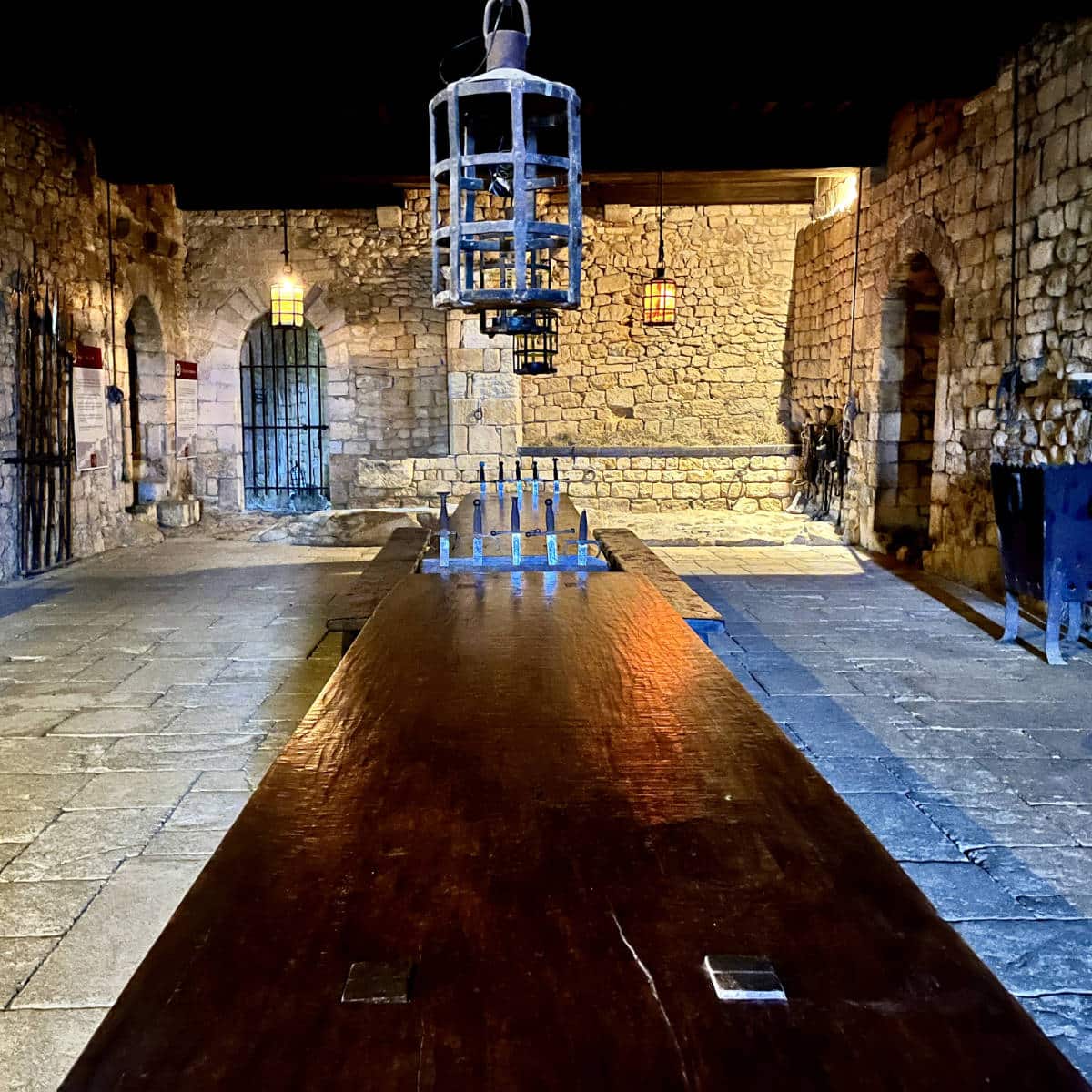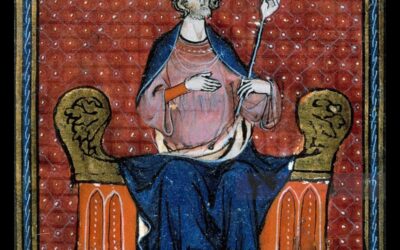Ah, the Hundred Years War, a medieval rollercoaster that seemed like it would never end. At its heart were two families, the English Plantagenets and the French Capetians, both so closely related through intermarriage they could both lay claim to the throne of France.
It all started in the 14th century, when Europe is a smorgasbord of kingdoms and duchies. England and France were two powerhouses on the brink of a colossal clash over land, inheritance, and a good ol’ dash of royal ego.
At the time, the sword was mightier than the pen. But soon the longbow and artillery would be the new weapons gaining favor. With war lasting so long, there were multiple generations taking taking part in the fighting in this dynastic family squabble that so impacted French history.
So buckle up and let’s dive into the chaos, politics, and downright epic battles that defined the Hundred Years’ war. Allons-y!
- 1. The Hundred Years War lasted from 1337 to 1453, spanning 116 years.
- 2. The English Plantagenets were in conflict with the French Kings.
- 3. Eleanor of Aquitaine contributed to the Plantagenet claims in France.
- 4. In 1328, the French throne was up for grabs.
- 5. Edward III of England claimed the French throne in 1340.
- 6. The English won the Battle of Crécy in 1346.
- 7. The Black Death struck Europe during the war, leading to widespread death.
- 8. The French King was taken prisoner during the Battle of Poitiers in 1356.
- 9. The reign of French King Charles VI caused chaos.
- 10. The English won the Battle of Agincourt in 1415.
- 11. Several French nobles were taken prisoner.
- 12. The Burgundians formed alliances with the English.
- 13. The treaty of Troyes was signed in 1420, disinheriting the French crown prince.
- 14. Joan of Arc's heroics at the Siege of Orléans in 1429 became a turning point.
- 15. Charles VII was crowned at Reims in 1429
- 16. Joan was captured and put on trial by the Burgundians.
- 17. The Battle of Castillon in 1453 marked the conclusive end of the Hundred Years War.
- 18. Peace was signed in 1475, concluding the Hundred Years' war.
1. The Hundred Years War lasted from 1337 to 1453, spanning 116 years.
The Hundred Years War was a sprawling conflict spanning from 1337 to 1453, wasn’t exactly a neat hundred-year package. It was actually around 116 years, by most historians accounts.
But it wasn’t a war with continuous fighting as there were several truces that lasted months or years at a time, before the battles flared up again.
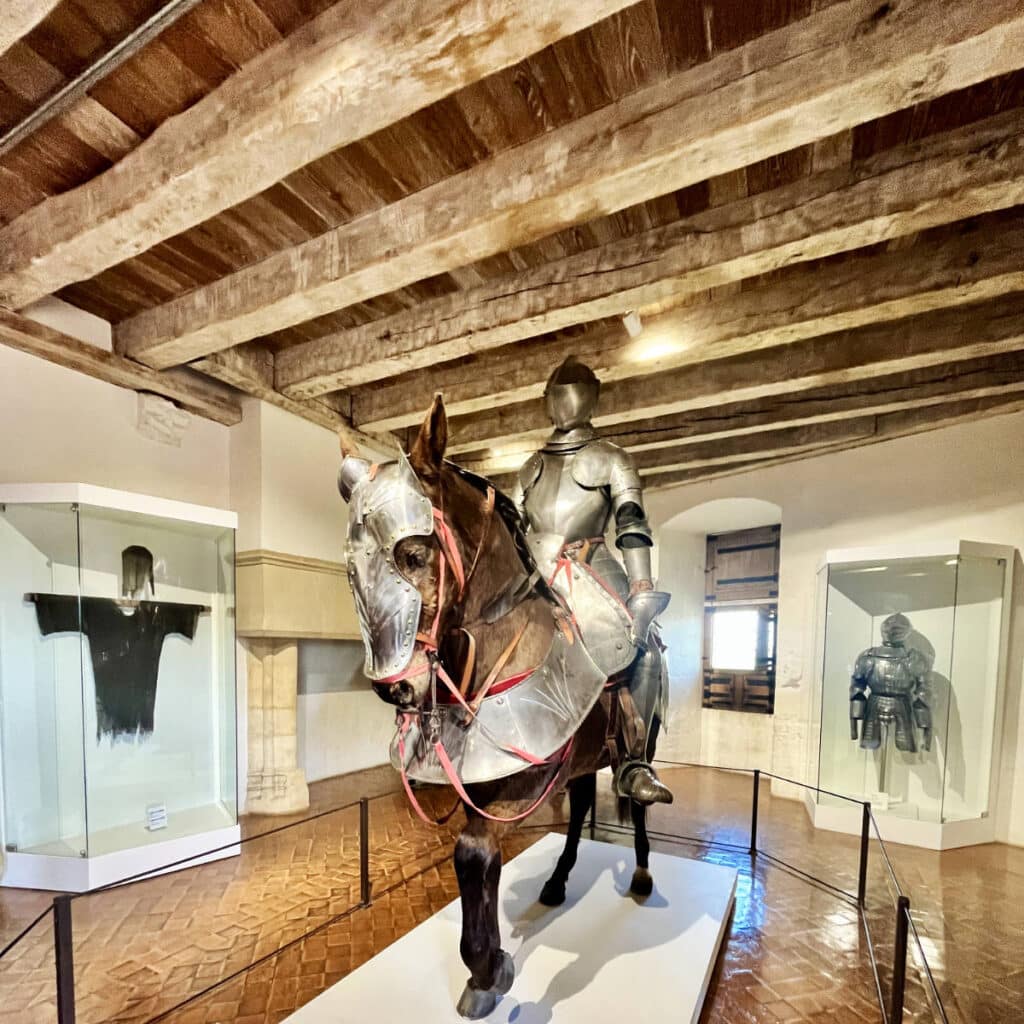
2. The English Plantagenets were in conflict with the French Kings.
At the heart of the Hundred Years War were the Plantagenets, a powerful English dynasty with French roots. Centuries before the 100 years’ war, in 1066, William the Conqueror set sail from Normandy to conquer England, setting the stage for the Plantagenet rule.
But William was the Duke of Normandy and spoke French. His grand-daugher married the French Geoffroy Plantagenet to form the Plantagenet family line, who were both the Monarchs of England and the Dukes of Normandy.
Technically they were all French and were all meant to owe allegiance to the French King.
3. Eleanor of Aquitaine contributed to the Plantagenet claims in France.
A century after William the Conqueror, another major event occurred in 1152 to eventually lead up to the Hundred Years’ war.
Eleanor of Aquitaine, the Duchess of Aquitaine would have her marriage to the French King Louis VII dissolved for not providing him any sons.

To consolidate her position, this former Queen of France arranged to marry English King Henry II, with whom she had 5 sons and 3 daughters.
As the wife of King Henry II of England and the mother of Kings Richard the Lionheart and John, she brought the vast territories of Aquitaine under the English crown, adjoining with the lands of the Duchy of Normandy.
The repercussions of her political manoeuvres echoed through the generations, setting the stage for the Plantagenet ambitions in France.
4. In 1328, the French throne was up for grabs.
While the English were consolidating power, French King Philippe le Bel was working on the other hand to get rid of the Knights Templars. Notoriously, he fell under the “Templar curse”.
Philippe was a Capetian King, a direct descendant of Hugh Capet and his lineage seemed secure. But he soon died, and by 1328 all three of his sons including the youngest King Charles IV were all dead, without any heirs.
And his only daughter Isabella was married to the English King. The French throne is now up for grabs. The curse of the templars had struck.
While women generally couldn’t inherit due to salic law, Isabella claimed the French throne for her son King Edward III of England.
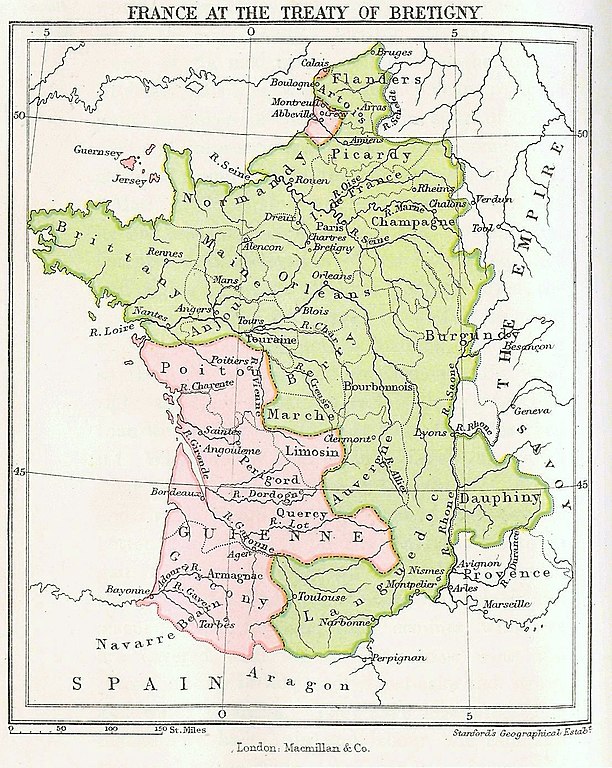
The French nobles, on the other hand, wanted to award the French kingdom to a cousin of the old French King.
At the time, France’s borders were not the same ones that we see today. Portions of Aquitaine, Normandy, and Burgundy were already under English control.
5. Edward III of England claimed the French throne in 1340.
With French King Charles IV having died in 1328, his sister Isabella and her son Edward III went into action. English King Edward III was technically the closest male relative.
The French nobles however decided to award the Kingdom of France to another relative, Philip, Count of Valois, who became known as Philip VI.
Edward protested but gave in, temporarily. In 1340 after a successful campaign in Scotland against the French Auld Alliance, Edward III was full of confidence and decided to declare himself King of France.
6. The English won the Battle of Crécy in 1346.
One of the major battles of the Hundred Years’ was the Battle of Crécy. It took place on 26 August 1346 in northern France between a French army commanded by King Philip VI and the English army led by King Edward III.
One of the defining aspects of the war was the evolution of warfare tactics and technology. The English longbow played a pivotal role, most notably in the Battle of Crécy in 1346. This ranged weapon, with its impressive accuracy and range, revolutionized medieval warfare, giving the English a significant advantage.
The French suffered a significant defeat and after the English victory, they laid siege to the nearby French town of Calais. Calais would fall and remain English for more than two centuries, until 1558.
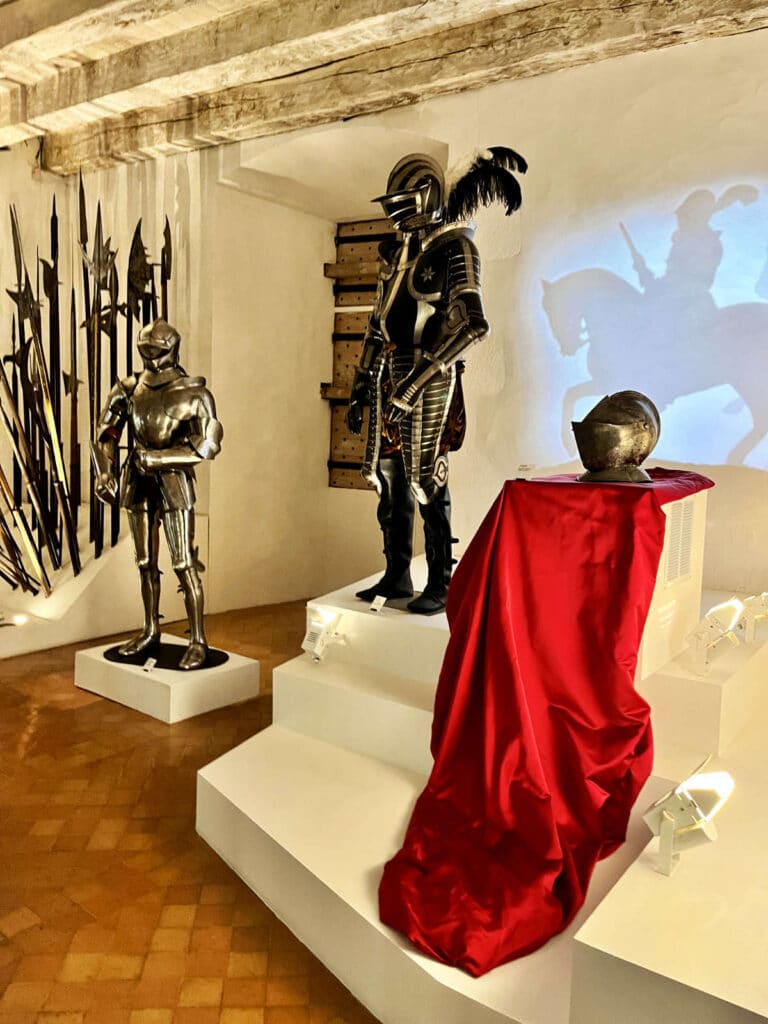
7. The Black Death struck Europe during the war, leading to widespread death.
As the fighting continued, there was more devastation. Between 1347 and 1351 the Black Death struck. Nearly half of France’s population and 20–33% of England’s population were killed.
8. The French King was taken prisoner during the Battle of Poitiers in 1356.
The Battle of Poitiers was another major defining moment in the Hundred Years War.
Fought between the English, led by Edward, the Black Prince (son of Edward II), and the French, commanded by King John II, the battle unfolded near the city of Poitiers.
The English longbow, once again proving its prowess, played a crucial role in the English victory. King John II was captured, marking a significant blow to the French side.
This set the stage for diplomatic negotiations, leading to the Treaty of Bretigny in 1360. Under duress John II agreed to delineate substantial territorial concessions to England, including Aquitaine, Calais, and Gascony.
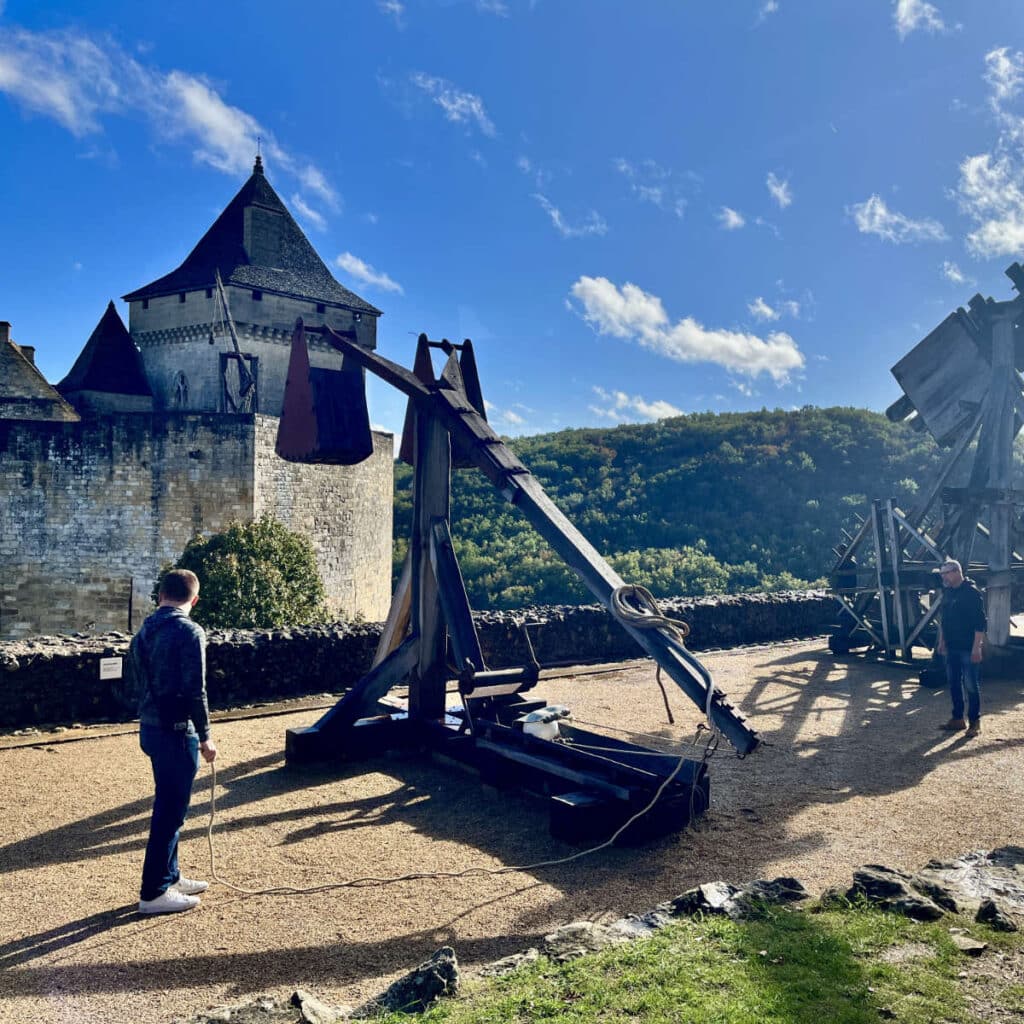
9. The reign of French King Charles VI caused chaos.
Between 1380 and 1429, the kingdom of France was ruled by Charles VI. Also known as Charles the Mad, he was only 11 years old when he became King.
This vulnerable state allowed the high French nobility to seize control of the kingdom. The power struggle led to a fierce rivalry between the Dukes of Burgundy and Orléans, practically escalating into a civil war.
10. The English won the Battle of Agincourt in 1415.
Exploiting this strife, King Henry V of England decided to try his luck. With Charles the Mad incapacitated, French troops were led by various Dukes, including the Duke of Orleans, Duke of Bourbon, and Duke of Aleçon.
On a muddy field, a heavily outnumbered English army under King Henry V faced a massive French force. The English, however, had a secret weapon, the longbow.
The English archers unleashed a barrage of arrows that rained down on the French and the boggy terrain hindered the heavily armored French knights. The result? A resounding victory for the English.
11. Several French nobles were taken prisoner.
The Battle of Agincourt resulted in a significant number of French nobles being taken prisoner by the victorious English forces. Among the captured were was Charles, Duke of Orléans.
The 21-year-old Charles of Orléans would spend the next 25 years as a prisoner of war in England before his return to France. It would be during this period and after that Charles wrote some of the most beautiful poetry in the French language, even inspiring Valentine’s day.
Many of his poems were to his wife Bonne, who sadly died before he was released from captivity. He was released after paying a substantial ransom. (Interestingly, decades after the end of the war, his son would go on to unexpectedly become King of France as Louis XII.)
12. The Burgundians formed alliances with the English.
In 1419, the assassination of John the Fearless, Duke of Burgundy, prompted his son, Philip the Good, to seek an alliance with England against the Armagnac faction in France.
This alliance between the Burgundians and the English, known as the Anglo-Burgundian alliance, significantly weakened the hand of the French.
13. The treaty of Troyes was signed in 1420, disinheriting the French crown prince.
With the French King Charles VI (the Mad) on the ropes, in May 1420, a game-changing deal went down between him and English King Henry V. Called the Treaty of Troyes, it wasn’t your run-of-the-mill treaty.
Basically it disinherited Charles VI’s son, the Dauphin Charles VII, who got the royal boot at just 17. Instead, it would be English King Henry V who was designated as heir.
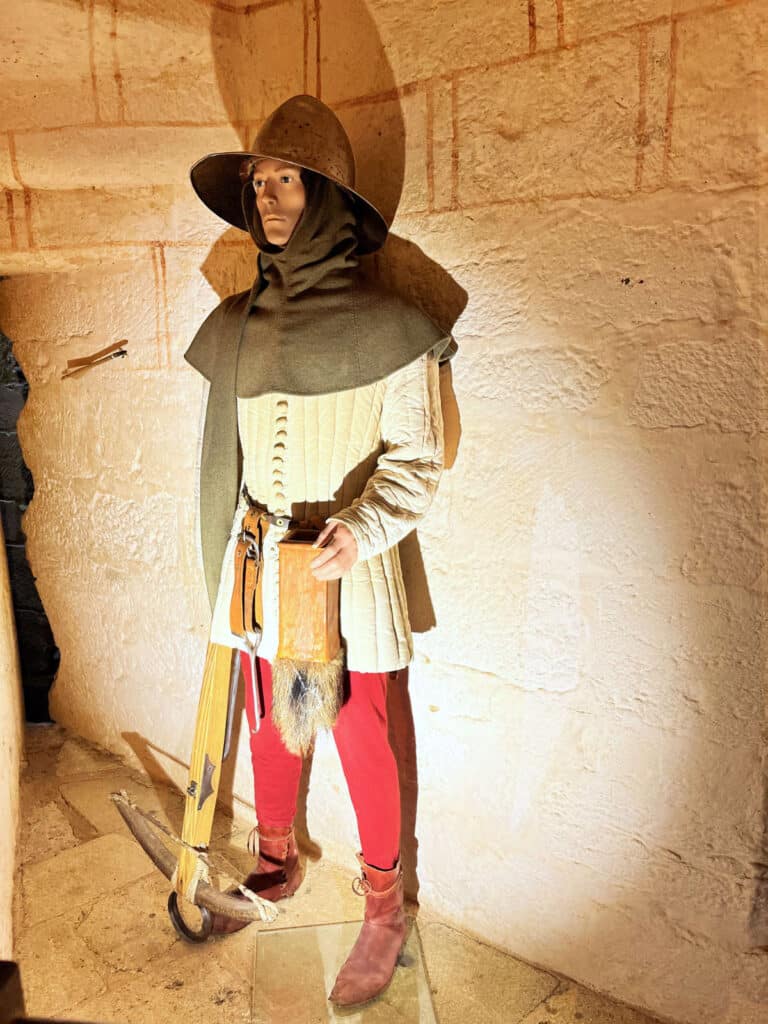
In addition, the English Henry married Charles VI’s daughter, Catherine, as part of the plot to justify his legitimacy on the French throne.
Undeterred, the young French Dauphin Charles VII was not going to go down without a fight. He continued his quest for his birthright, with the support of some of the other French nobles.
14. Joan of Arc’s heroics at the Siege of Orléans in 1429 became a turning point.
After the French army had a disastrous battle and defeat at Agincourt against the English, it was Joan of Arc who would seize the mantle and lead the French troops.
At the time the north of France was held by the English, while the south was loyal to the French King. The Siege of Orleans where the English were trying to take the town would last 7 months.
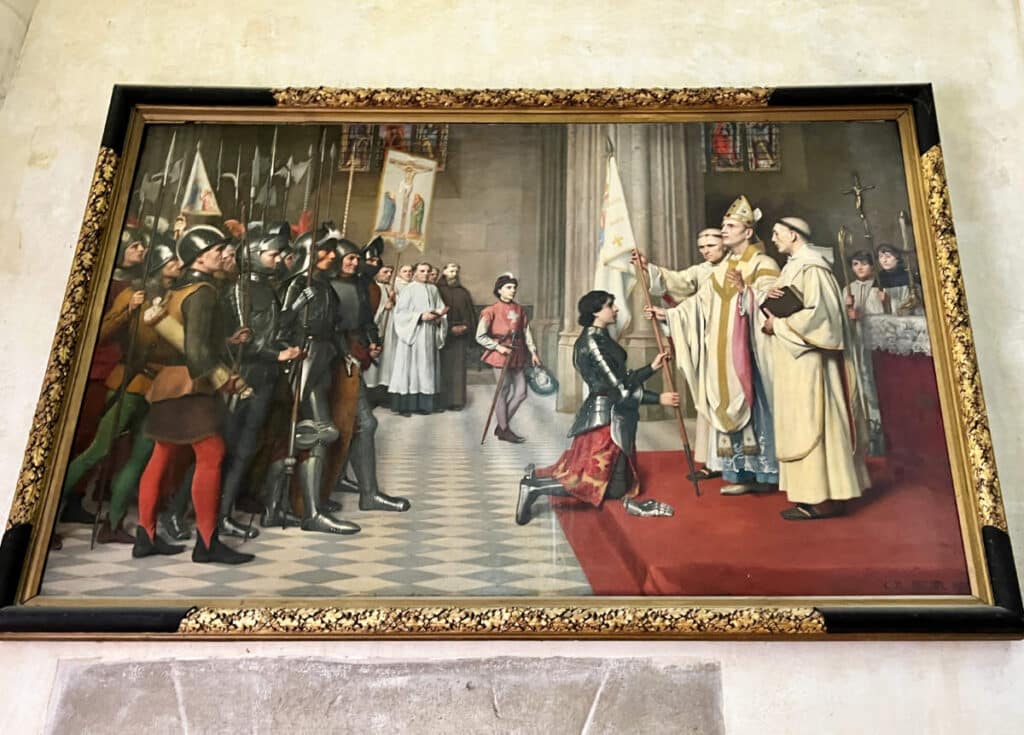
It is here that one of Joan’s best-known miracles was reported to have taken place here. While she and her army were trying to get to Orleans, it is believed that the wind and the water currents suddenly reversed, allowing them to head to Orleans undercover.
Prophecies of a young girl coming to save the day had been rampant at the time, with Joan fulfilling that promise.
Once Joan arrived in Orleans, she galvanized the townspeople and distributed food and money to get them on her side. She then coordinated the soldiers to lay traps and defeat the English.
15. Charles VII was crowned at Reims in 1429
Following Joan of Arc’s victory at Orleans, her next step was to get Charles VII crowned in Reims Cathedral on July 17, 1429.
Reims was the historical seat where French Kings were crowned and this coronation gave him much legitimacy. He was now officially King Charles VII of France.

In the meantime the English King Henry V died, leaving his young son on the throne. A subsequent coronation in 1431 at Notre Dame de Paris by the English King Henry VI (who was 10-years-old at the time) would not have the same impact.
16. Joan was captured and put on trial by the Burgundians.
Unfortunately, on 23 May 1430, Joan of Arc was captured in Compiègne in the North of France by a group of French nobles from Burgundy, who were allied with the English.
They held her for several months in a dungeon in Rouen Castle, which is really just a tower known the Tour Jeanne d’Arc. She should have been held in an ecclesiastical prison under the supervision of female guards (i.e., nuns). Instead, she was kept her in a secular prison guarded by male own soldiers.
The French King Charles VII was not overly convinced by her claims of visions and did not try to negotiate for her freedom, abandoning her to her fate.
After being declared guilty, she was burned at the stake on 30 May 1431 in Rouen, dying at about 19 years-old.
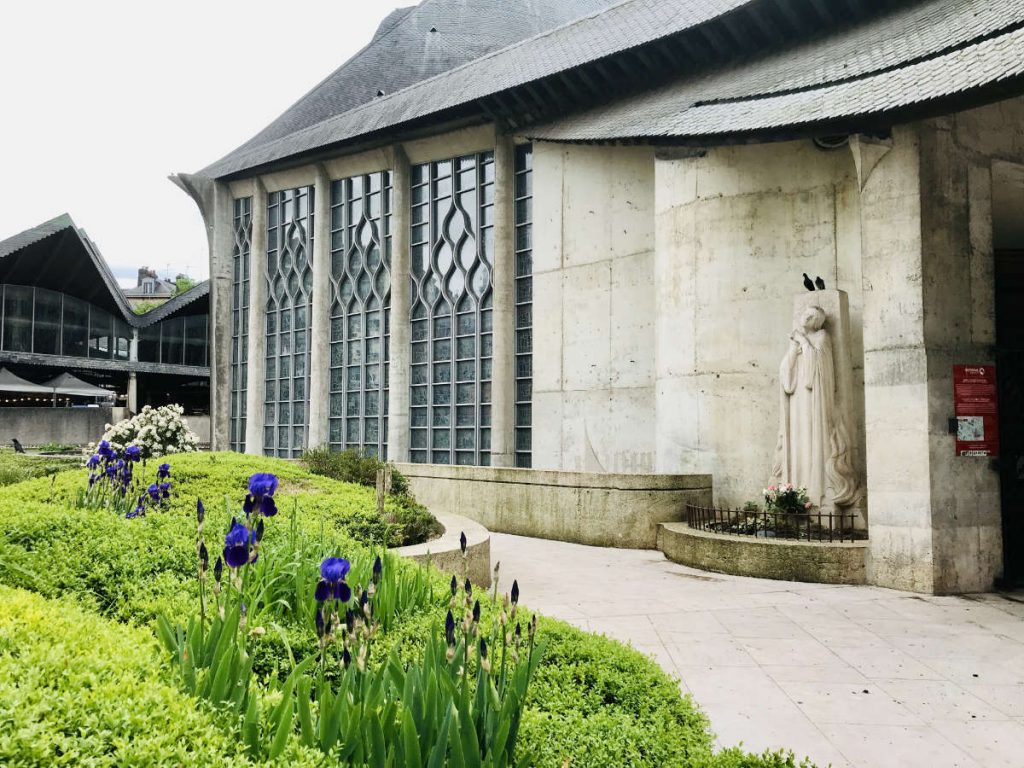
17. The Battle of Castillon in 1453 marked the conclusive end of the Hundred Years War.
In 1435, the Treaty of Arras put an end to the Anglo-Burgundian alliance and moved the balance of power in favor of the French.
The final act of the Hundred Years War unfolded at the Battle of Castillon in 1453. This clash marked by the effective use of military artillery by the French. The battle concluded with the English losing much of their territory across Aquitaine and Bordeaux.
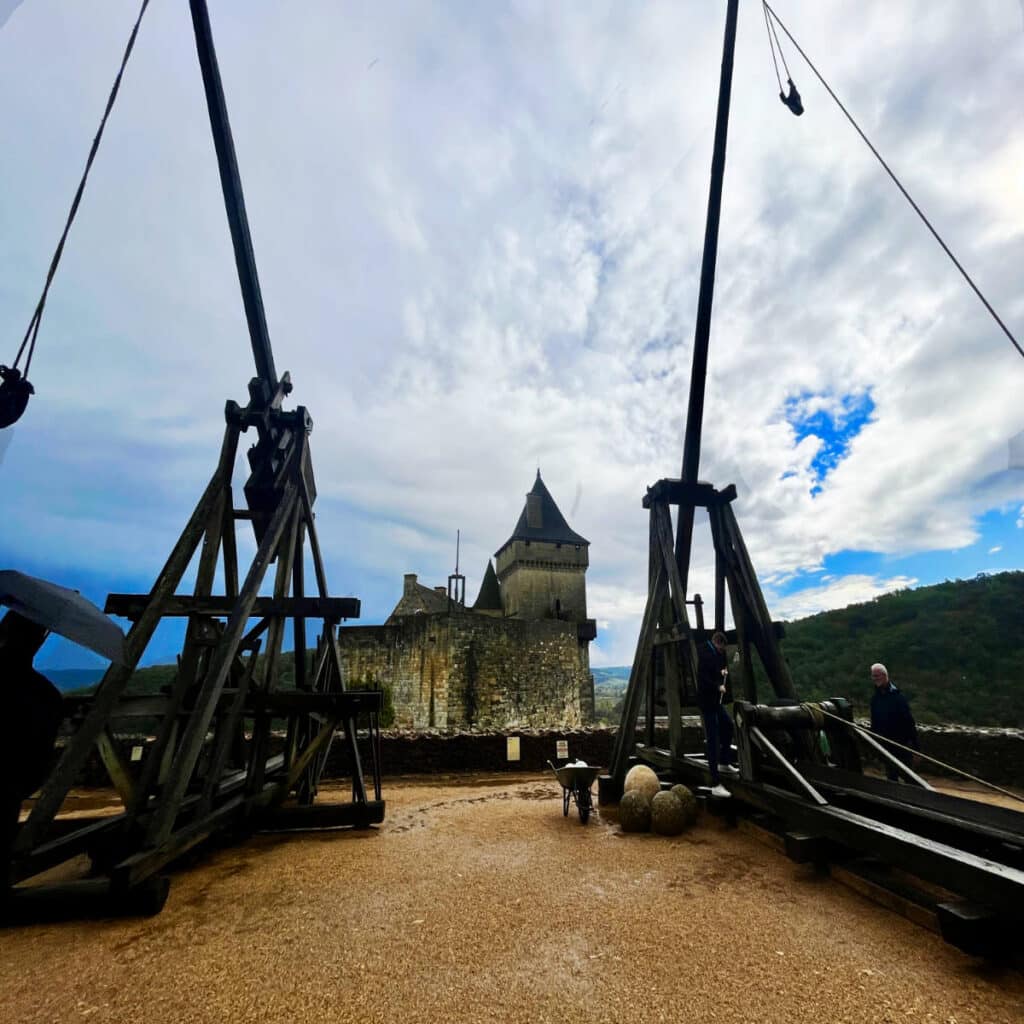
18. Peace was signed in 1475, concluding the Hundred Years’ war.
After the Battle of Castillon in 1453, the English only controlled Calais following their defeat at Castillon. They were however distracted by problems closer to home like the Wars of the Roses that started in 1455.
But peace was not finally signed until 1475, during the reigns of French King Louis XI (son of Charles VII) and English King Edward IV (son of Henry VI).

If you enjoyed that article, you may want to read more about the history of France. A bientôt!
